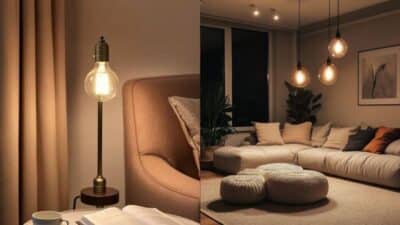Flyers are a simple but powerful way to share a message or advertise an event. Good flyer design can grab attention quickly and make people want to learn more. Many designers look for fresh ideas to help their flyers stand out in busy places like community boards or social media feeds.
Effective flyer design blends clear information with eye-catching visuals to capture interest and communicate the message fast. Whether someone is promoting a sale, event, or cause, the right design can make all the difference. Inspiration can come from different styles, layouts, and colors that fit the goal and audience perfectly.
Exploring examples from other creatives can spark new ideas and make the design process easier. Seeing what works well in other flyers helps prevent common mistakes and opens up different ways to present information. That’s why finding good flyer design inspiration is key to creating something that both looks great and gets results.
Creative Flyer Design Ideas
Effective flyer design grabs attention through clear, purposeful visuals and easy-to-read text. Using a focused style helps the message stand out. Elements like color, font choice, and layout play an important role in shaping how people respond to the flyer.
Modern Minimalist Concepts
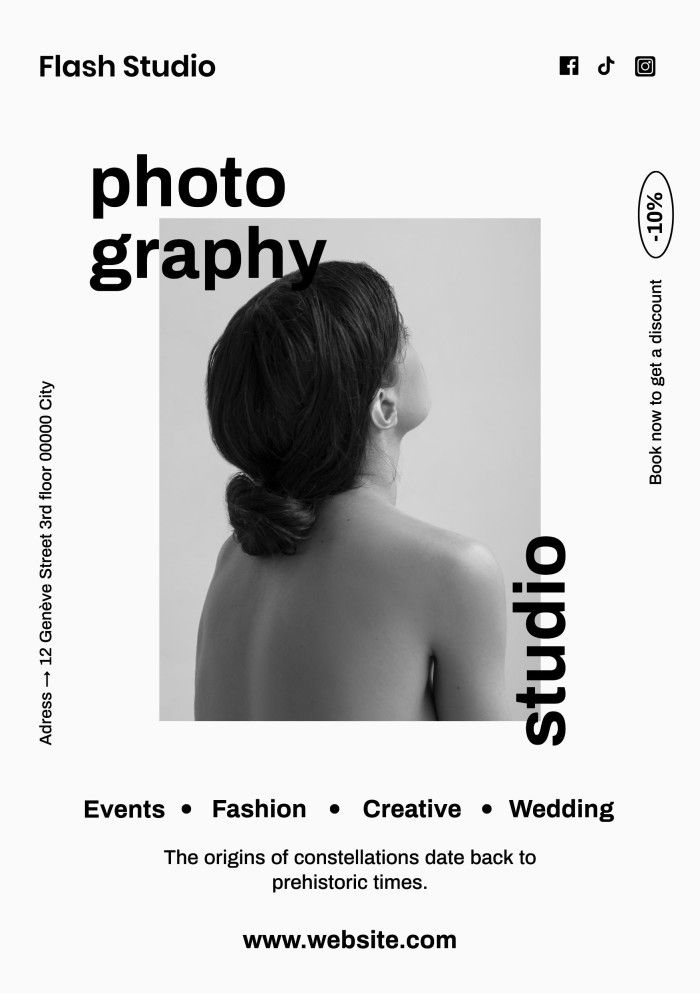

Minimalist flyers use clean lines and plenty of white space. They often feature a limited color palette, usually two or three colors that complement each other. This keeps the design neat and helps readers focus on key information.
Images or graphics in minimalist designs are simple and clear, avoiding unnecessary detail. The layout is usually well-structured, guiding the eye naturally from one section to the next. Minimalism works well for business promotions and events where clarity is important.
Bold Typography Approaches
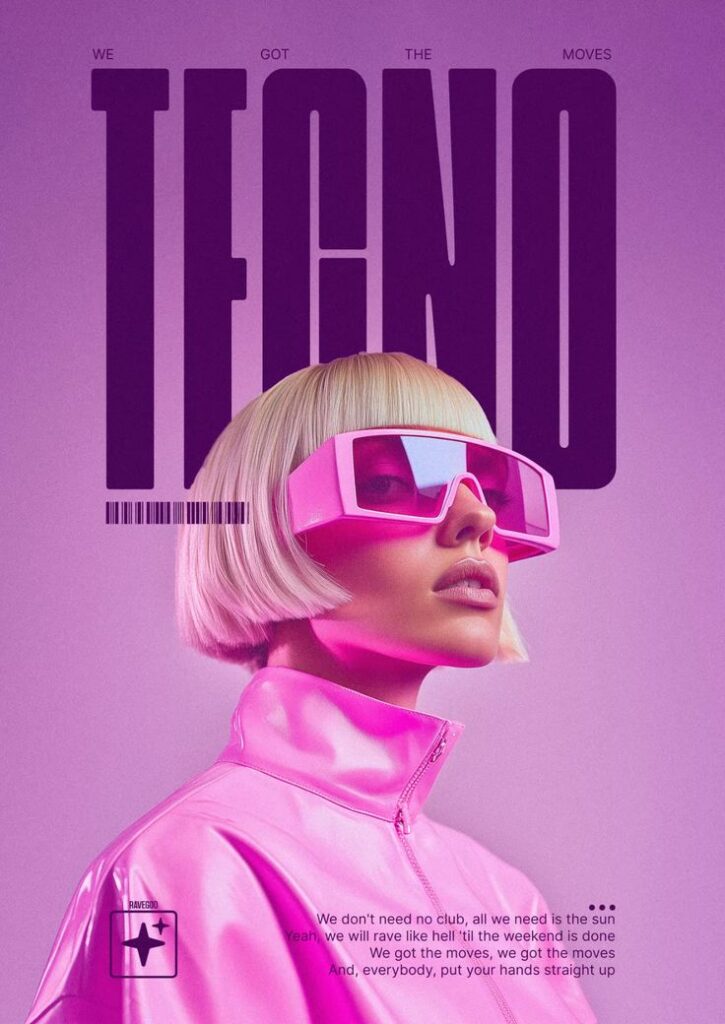
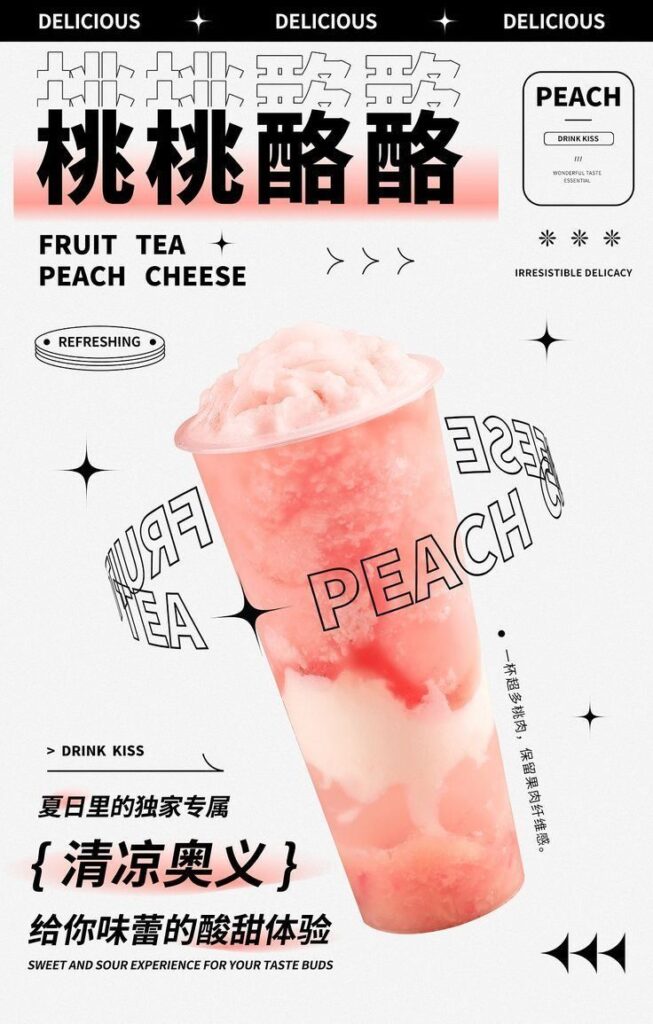
Flyers with bold typography make a strong statement. They use large, eye-catching fonts to highlight the most important details, like event names or sale offers. Bold fonts help ensure key points don’t get overlooked.
Mixing font sizes and weights can create contrast and interest. Designers often pair a bold headline font with a simpler body font for balance. Using bright or contrasting colors for text also adds emphasis and draws attention quickly.
Vintage and Retro Styles
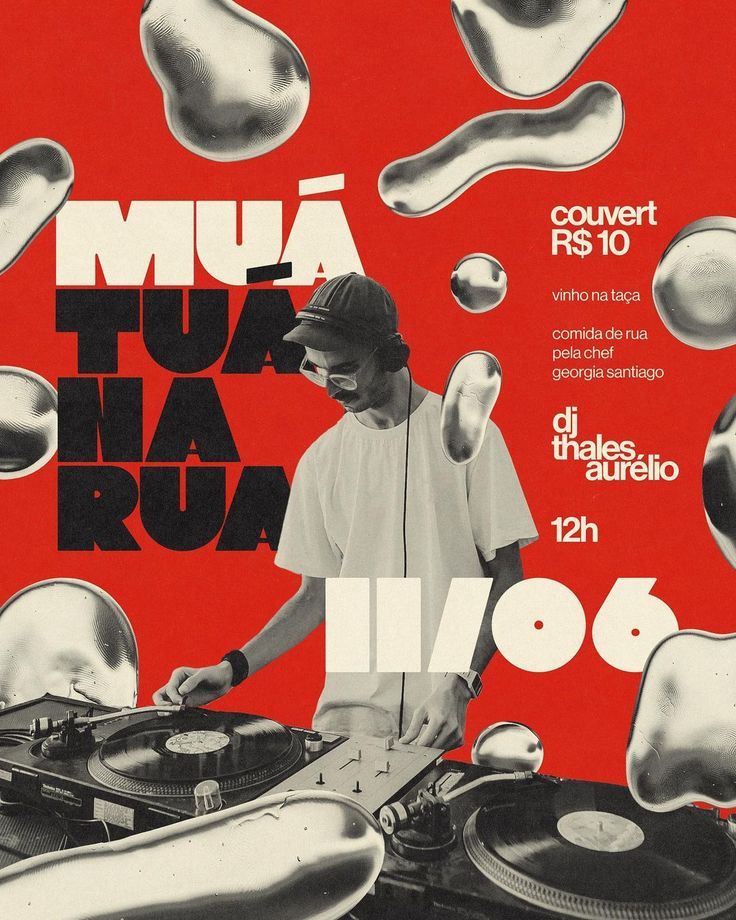
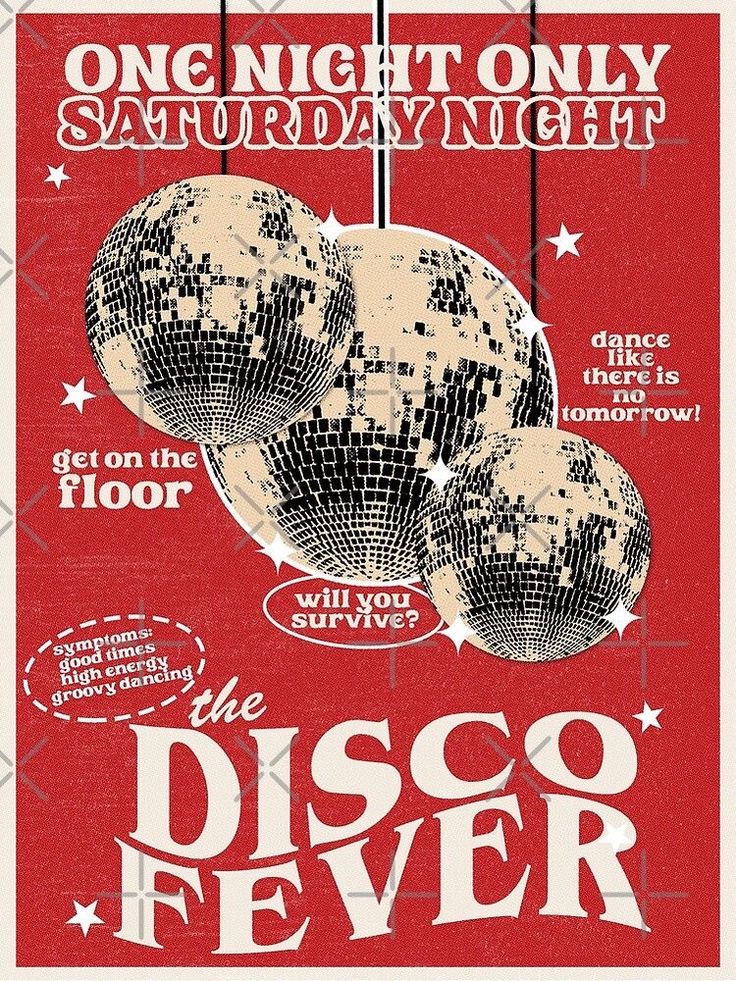
Vintage flyer designs bring a nostalgic feel with classic fonts and muted colors. They often use textures, old-style borders, and retro icons to evoke a sense of time past. This style suits events, markets, or brands wanting to appear timeless or handcrafted.
Designers use serif fonts and script style lettering for a traditional look. Colors like sepia, faded yellows, or dusty blues help reinforce the retro vibe. Layouts in this style often follow symmetrical patterns, giving the flyer a balanced and familiar feel.
Techniques for Eye-Catching Flyers
A flyer needs to grab attention quickly and guide the reader to the main message. Using smart color choices and clear organization makes it easier for people to notice and remember the flyer. The right techniques help the flyer stand out and communicate well.
Effective Color Combinations

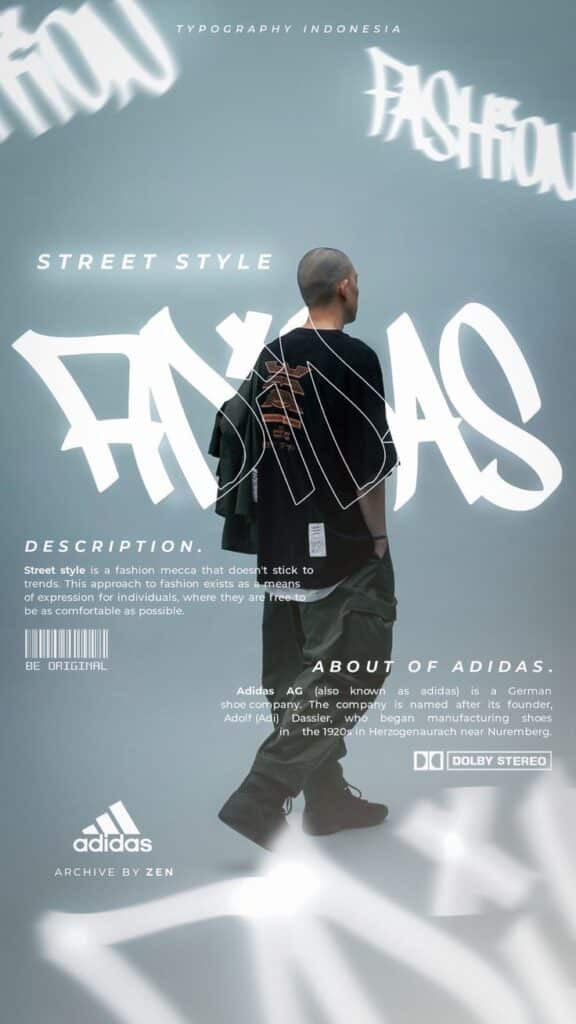
Color plays a big role in making a flyer pop. Combining bold colors with softer tones can create contrast that draws the eye to key parts. For example, pairing a bright color like red or orange with a neutral like white or gray works well.
Using a limited color palette of 2-3 colors keeps the design clean and balanced. Too many colors make the flyer confusing. It is also important to think about color meaning—blue often feels trustworthy, while green can feel fresh or natural.
The colors should match the flyer’s purpose and brand. Testing colors in different lights can help make sure the flyer looks good both in print and on screens.
Striking Visual Hierarchy
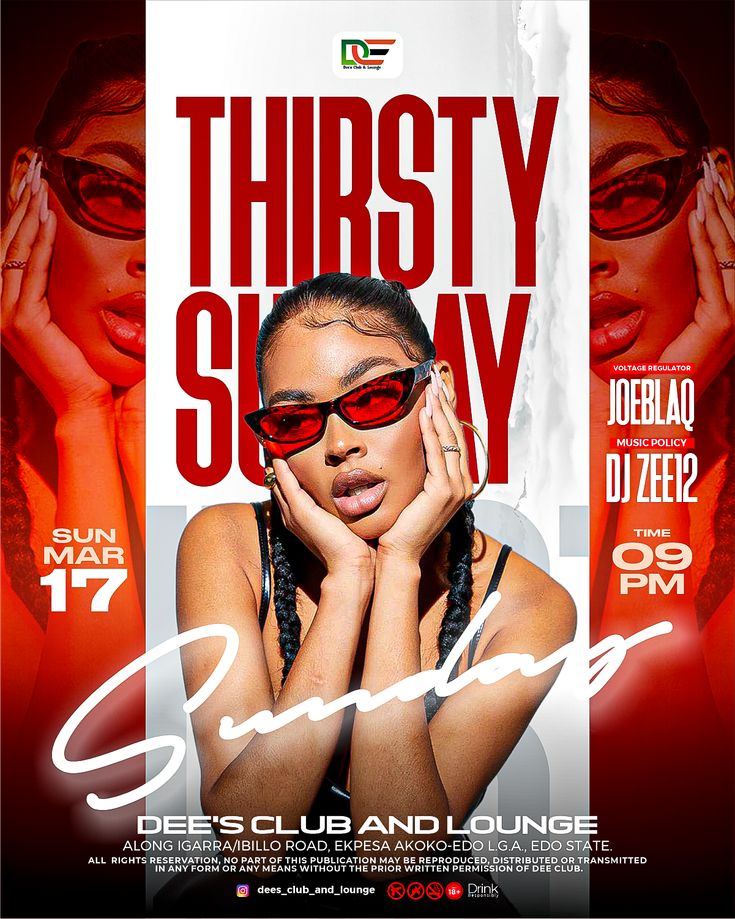
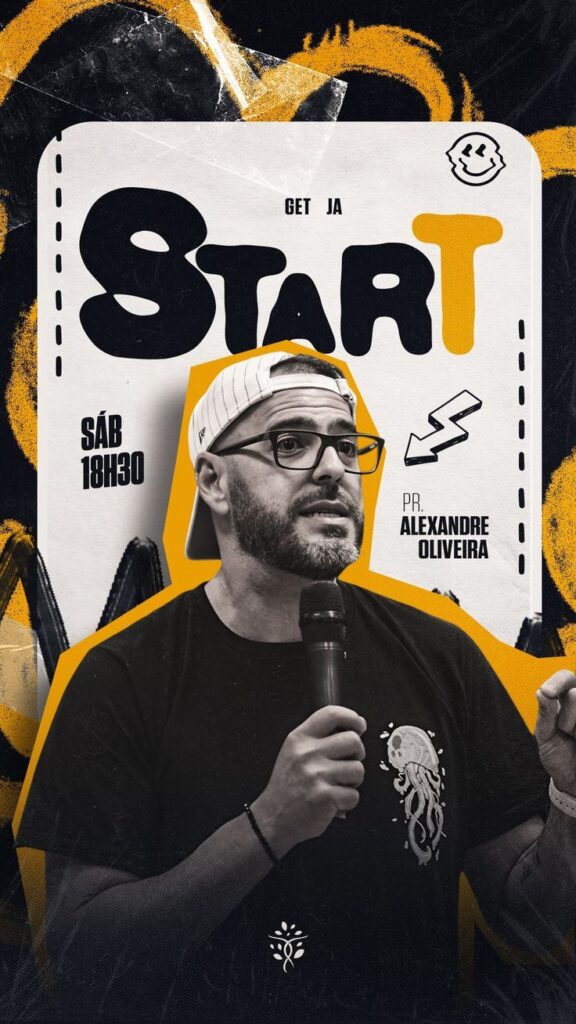
A strong visual hierarchy helps readers know where to look first. Using different font sizes is key—headlines should be the largest, with subheadings and body text smaller.
Spacing is also important. Giving the headline more space around it makes it stand out. Grouping related information together visually helps the reader follow the message easily.
Bold or colored text can highlight important points. Using images or icons next to key information guides the eyes naturally. This method ensures the flyer is not just noticed but quickly understood.
Inspiring Examples and Trends
Effective flyer designs use clear layouts and bold visuals to capture attention. They often include specific details that fit the purpose and audience. Using colors, fonts, and images that match the message helps make the flyer stand out.
Industry-Specific Designs
Flyers designed for particular industries focus on key details important to that field. For example, a flyer for a music event highlights the artist’s name, date, and location with eye-catching graphics. In contrast, a real estate flyer will feature photos of the property, pricing, and contact details clearly.
Businesses like restaurants use menus, vibrant food photos, and special offers on their flyers. Service providers often include before-and-after pictures or lists of services. Tailoring the flyer’s content and style makes it easier to reach the right audience.
Seasonal and Event-Themed Flyers
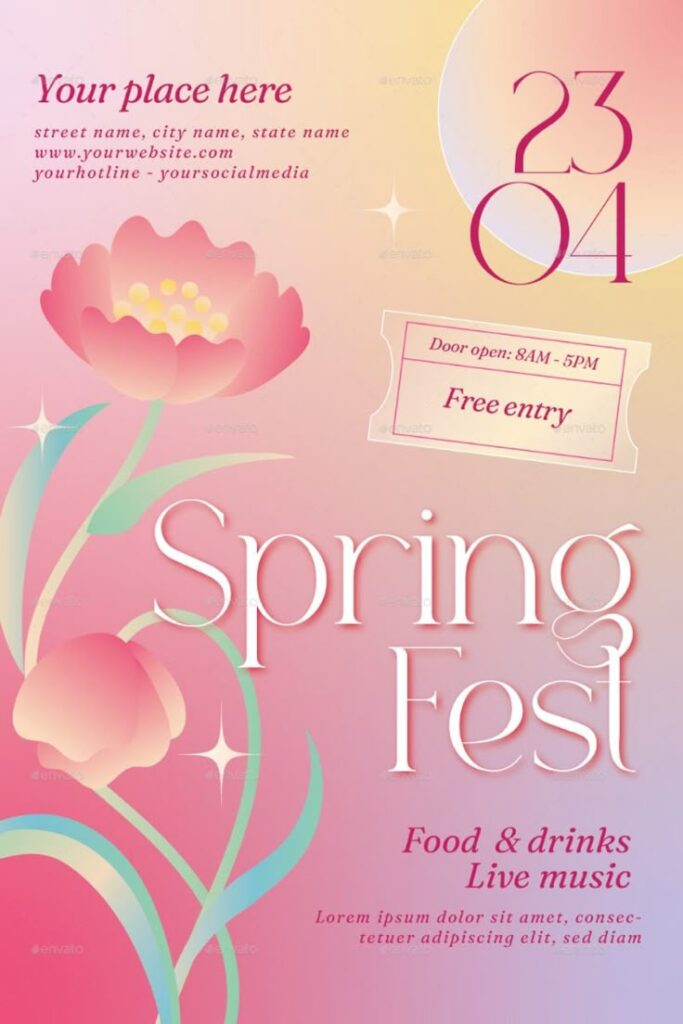
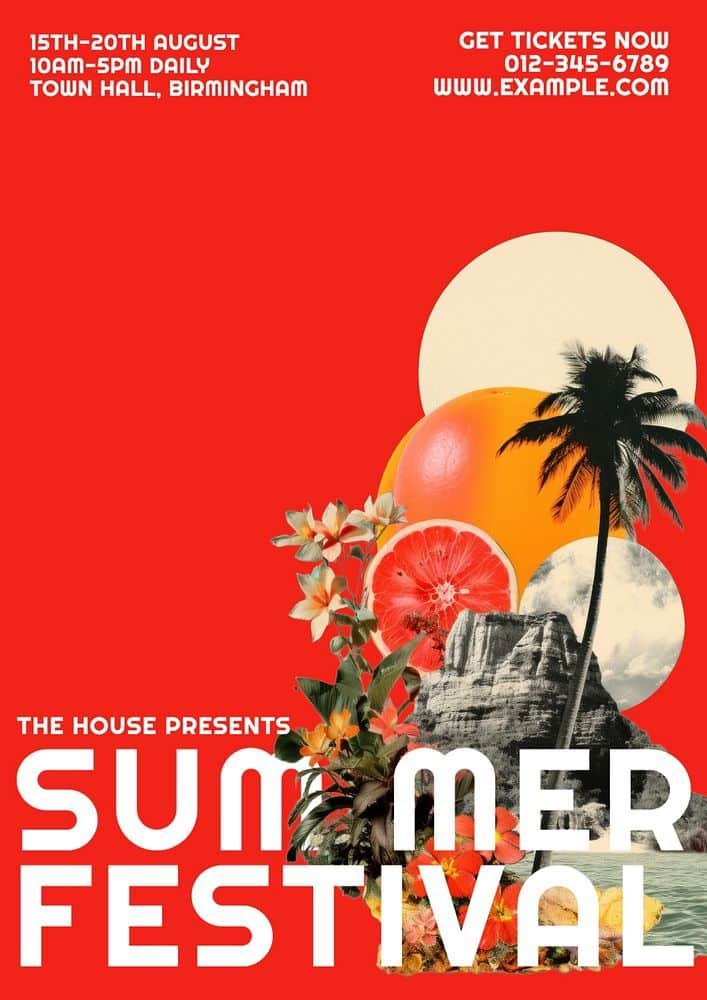
Flyers tied to seasons or special events use relevant imagery and colors to connect with viewers. Holiday flyers might include festive colors like red and green for Christmas or pastels for spring events. They often promote sales, parties, or community gatherings.
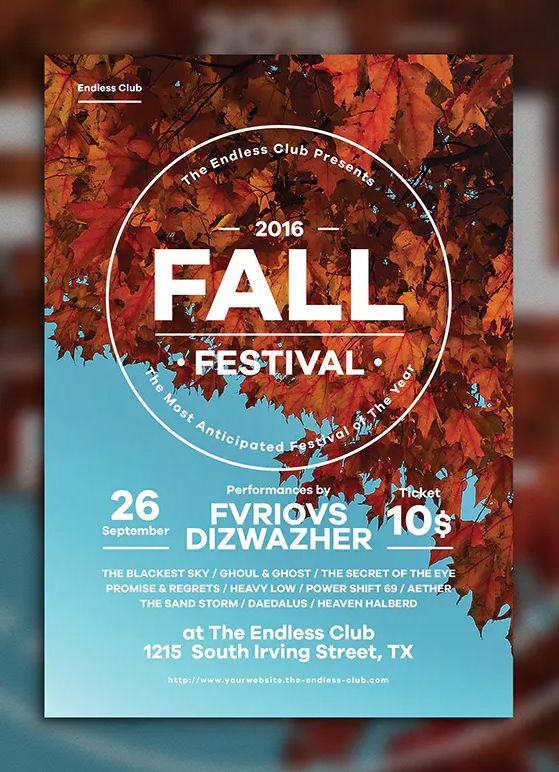
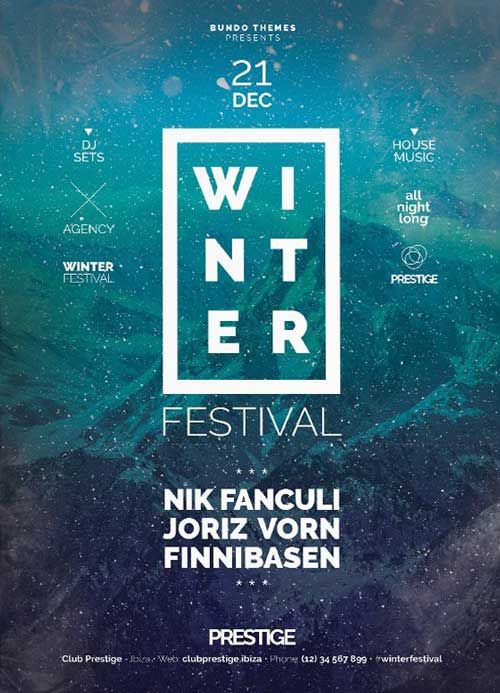
Event-themed flyers focus on clear information about the time, place, and purpose of the event. Using themed icons or seasonal patterns helps the flyer feel timely and relevant. This approach increases the chance people will take notice and attend.
- 1.3Kshares
- Facebook0
- Pinterest1.3K
- Twitter0


